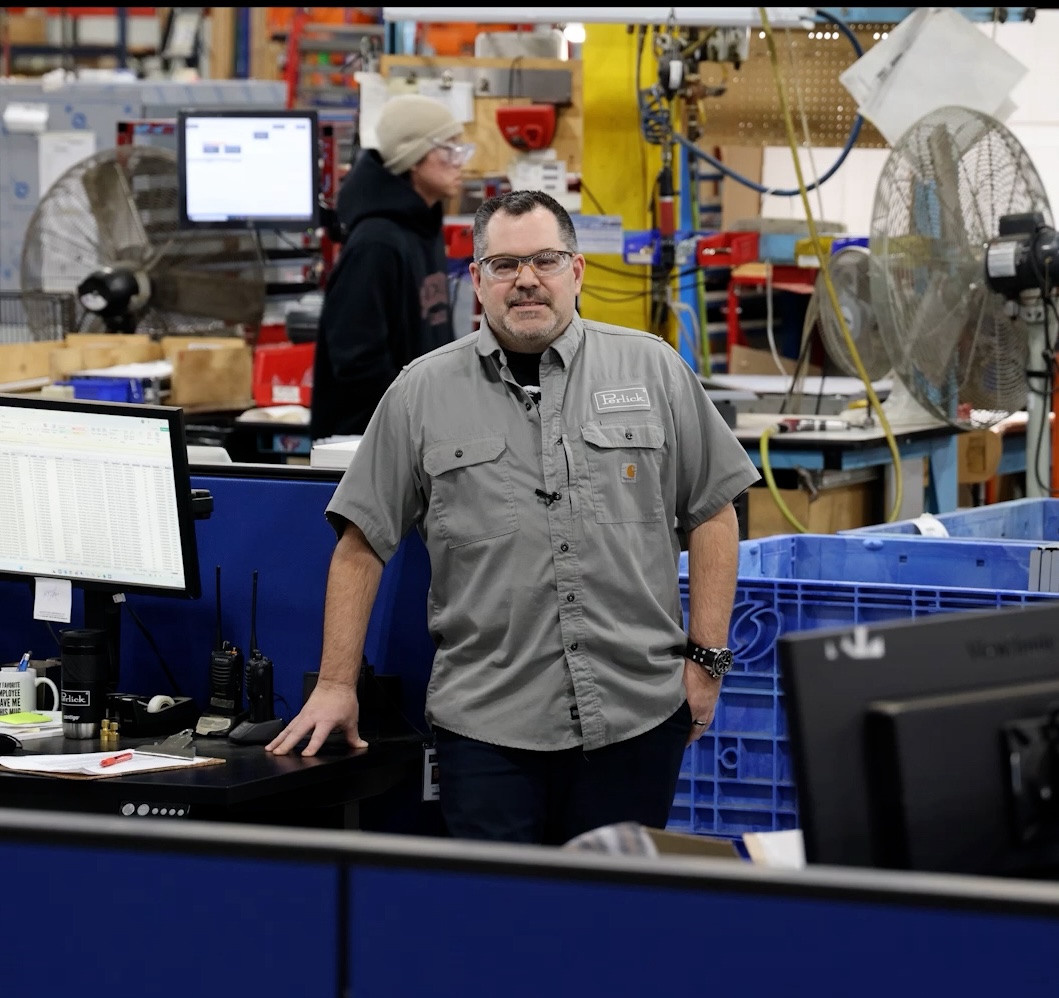Nothing says the arrival of summer like a crisp bottle of rosé. And according to a report from Beverage Dynamics, this trend is growing exponentially across the United States.
The report states that rosé wine sales increased more than 30 percent in 2015, and wines priced at more than $11/bottle gained nearly 60 percent in volume. Even trend-setting and reporting publications like Vanity Fair are claiming rosé as the "next thing" in wine.
But what exactly makes a rosé wine?
There are two ways to start your rosé journey. First, there are the super-sweet, relatively cheap white zinfandel wines from California. While these certainly reach a market niche, they should not be confused with the drier, more refined rosés that can be made from a wide range of varietals. These wines are crisp, dry, and perfectly refreshing on hot summer days, and they can pair well with a variety of foods making them extremely versatile.
Despite some beliefs, rosé does not come from blending white and red wines. Technically it's made with red grapes, and during the maceration process, the skins of the grapes are allowed to soak with the juices for a very short period of time that usually doesn't exceed a couple of days.
The region most famous for rosé is Provence and Languedoc in southern France. Other areas with famous pink wine include Spain, Portugal, and even California and Oregon. Though they are often a blend of several different types of grapes, they can also be made from a single grape varietal. Pinot noir, for example, is known for creating an exquisite, full-flavored rosé wine.
The Importance of Offering a Classic Dry Rosé
The earning potential certainly exists for restaurants and beverage programs to offer these more classic, dry rosé wines as reflected in the industry trends report. Offering them by the bottle and by the glass would be advisable, keeping in mind that serving wines-by-the-glass should be done correctly to maximize profit potential.
Learn more about maximizing the potential of your wine storage and service by reading a free wine guide from Perlick.










